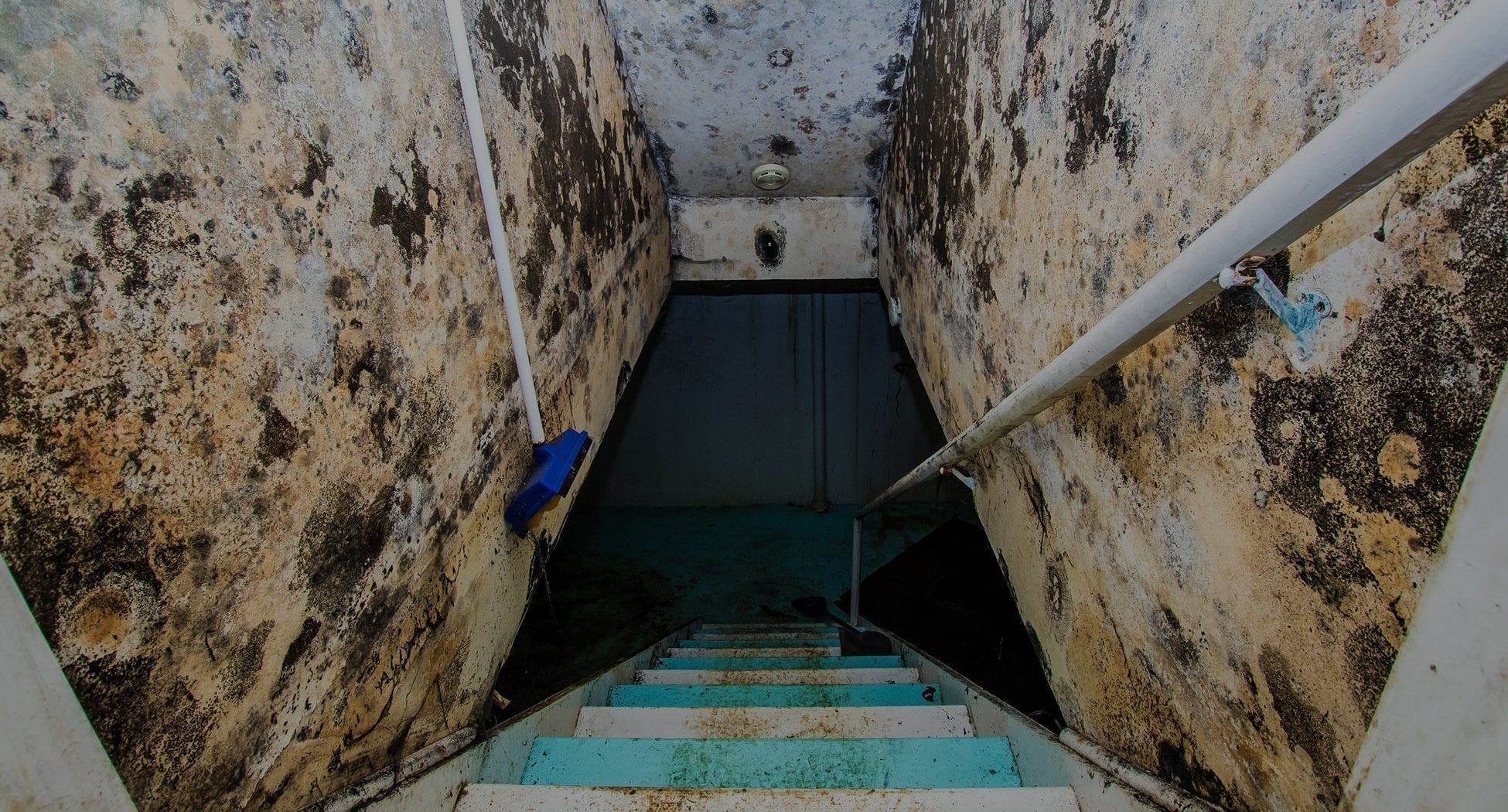Guide To Tanking Your Home
In many homes all over the UK damp can be a real issue to overcome. As the inside of your home is prone to damp problems all year round, it can be susceptible to arising damp issues and the costs that brings. In order to avoid problems, damp proofing your cellars and basements is the simplest route to take and also the cheapest. With tanking you can avoid damp repairs, costly replacements and damp damage.
At Aquafoss we work with numerous homes, which is why we know how important it is to protect your home. Our helpful guide on tanking your home gives you guidance on what this is, how it is carried out, and how it can benefit you.



